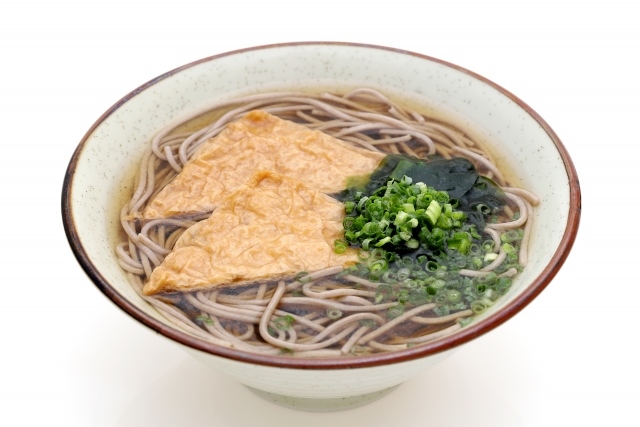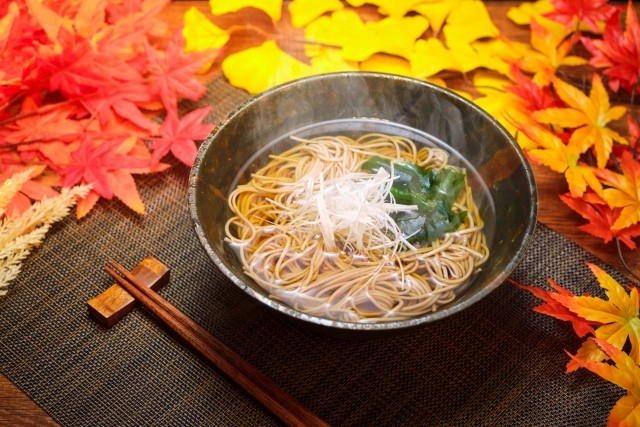Contents
Basic Information
Japanese soba noodles can be enjoyed in two ways: cold and hot. In this article, we introduce some of the most popular hot soba dishes in Japan.
Kake-soba
Kake-soba is a Japanese noodle dish that consists of soba noodles served in a bowl with hot broth poured over them. It is a preferred way of eating soba during colder seasons, such as during year-end soba celebrations. Kake-soba generally refers to soba noodles served with hot broth, and is commonly topped with condiments like green onions.
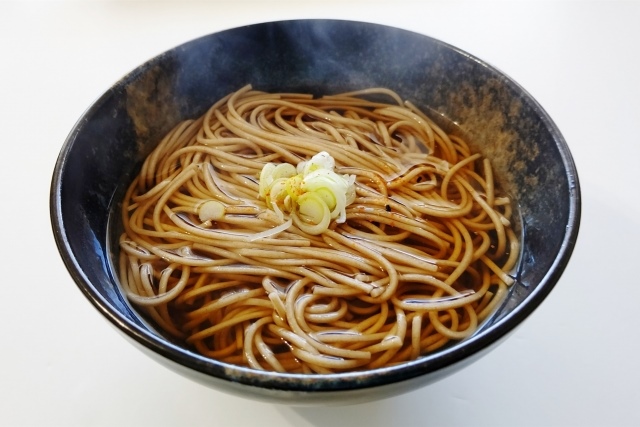
Tempura Soba
Tempura soba is a dish that features kake-soba topped with tempura. Tempura is made by deep-frying ingredients like shrimp and vegetables coated in wheat flour batter, making it a classic menu item. Tempura soba allows you to enjoy the aroma and flavor of soba noodles with the texture of tempura and the taste of the broth.
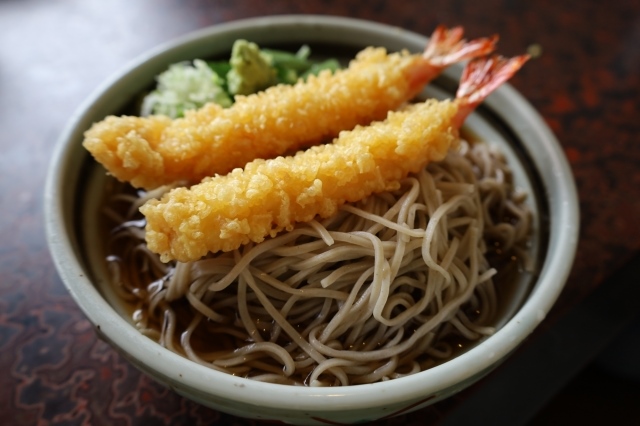
Kakiage Soba
Kakiage soba is a dish that features soba noodles topped with kakiage, a type of tempura made from a mixture of finely chopped seafood and vegetables coated in wheat flour batter and deep-fried. Kakiage soba is a popular menu item that offers satisfaction at a lower price than regular tempura soba, with the ingredients and size of the kakiage varying between restaurants.
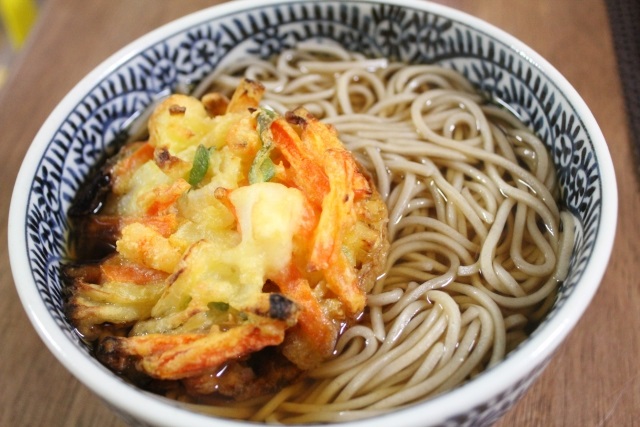
Sansai Soba
Sansai soba is a soba dish made with wild mountain vegetables. These vegetables include spring plants like fuki no tou and tara no me, as well as ferns like warabi and zenmai. Sansai soba features unique flavors and textures from each mountain vegetable, which pair well with the soba noodles.
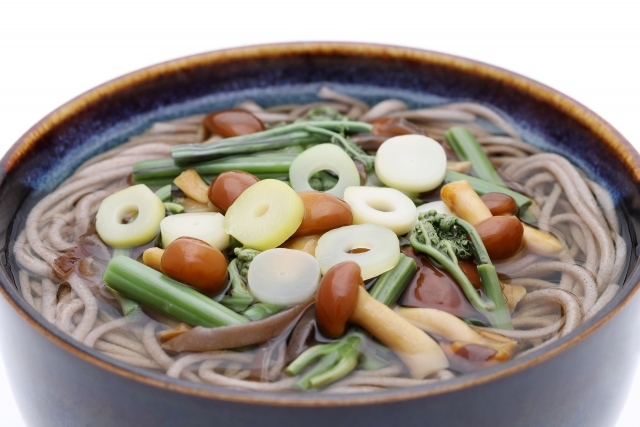
Nameko Soba
Nameko soba is a soba dish made with nameko mushrooms. Nameko mushrooms are known for their slimy texture and high nutritional value. In nameko soba, the noodles are served in a broth seasoned with ingredients like dashi and soy sauce, with grated daikon radish as a condiment to enhance the flavor.
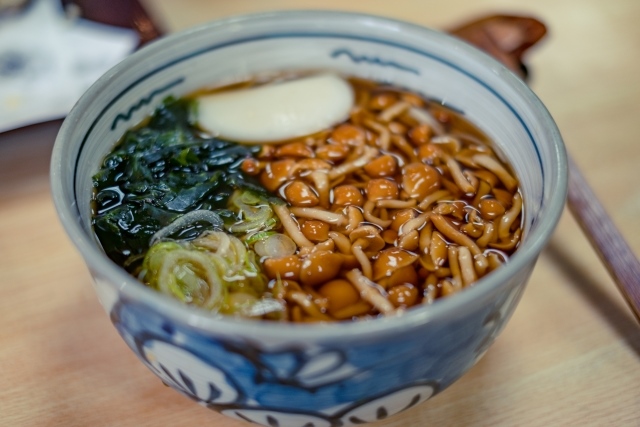
Kamo Nanban Soba
Kamo nanban soba is a warm soba dish with duck meat and green onions. Sometimes, chicken is used instead of duck. The duck meat is grilled, sliced, and lightly sautéed with green onions, then flavored with dashi and noodle sauce. The resulting duck-flavored broth is delicious.
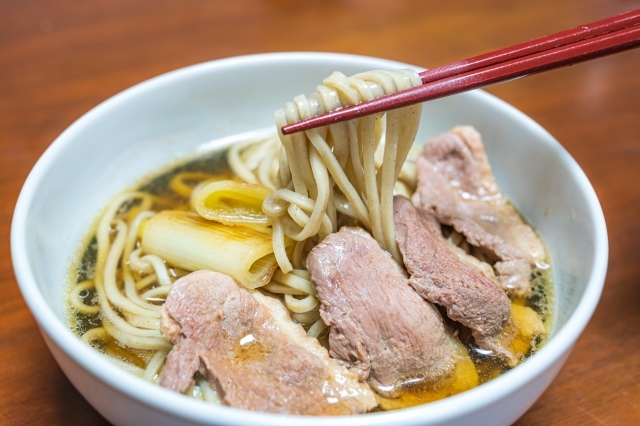
Tsukimi Soba
Tsukimi soba is a warm soba dish topped with a raw egg. The egg yolk represents the moon, and the egg white represents clouds, allowing you to enjoy the atmosphere of moon-viewing. Tsukimi, or moon-viewing, is an ancient Japanese custom that involves admiring the moon on the 15th day of the eighth month of the lunar calendar.
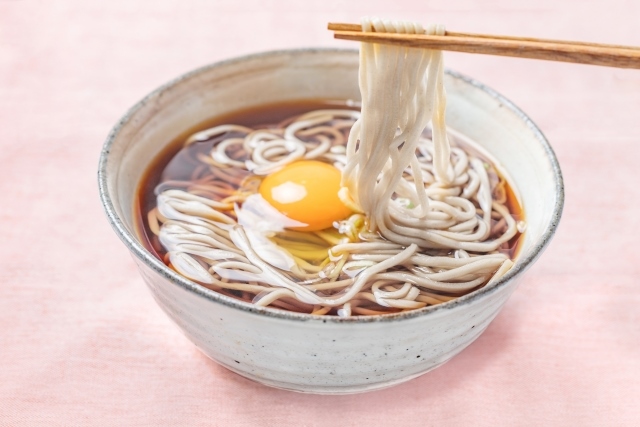
Wakame Soba
Wakame soba is a soba dish topped with wakame seaweed. Wakame is a type of seaweed rich in dietary fiber and minerals. The combination of nutrients found in wakame and soba noodles provides beneficial effects for dieting.
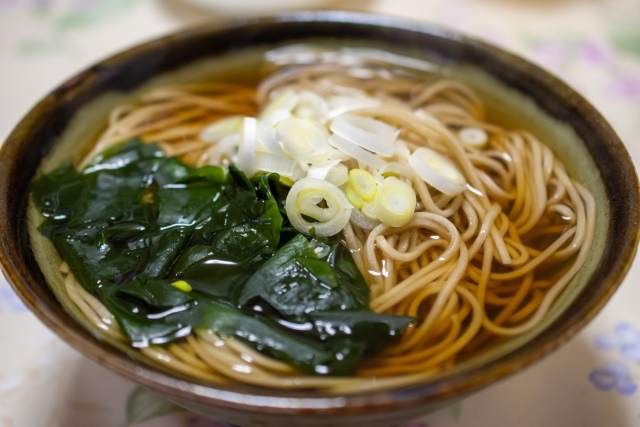
Tanuki Soba
Tanuki soba is a soba dish with tenkasu (tempura crumbs) and green onions. Although “tanuki” means raccoon dog in Japanese, the origin of the name is unclear. In the Kanto region, tanuki soba typically refers to this type of dish. However, in different regions, tanuki soba can refer to soba topped with aburaage (fried tofu) or kakiage (mixed tempura). For example, in Osaka, soba topped with aburaage is called tanuki soba. In Kyoto, soba with chopped aburaage and ankake (a thick sauce) is known as tanuki soba.
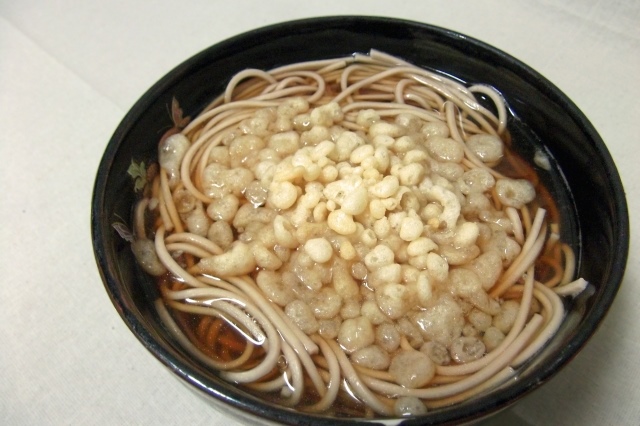
Kitsune Soba
Kitsune soba is a soba dish topped with aburaage (fried tofu). However, the dish called kitsune soba varies depending on the region. In Osaka and Kyoto, soba topped with aburaage is called tanuki soba. “Kitsune” means fox in Japanese, and the name is said to be related to the fact that the color of aburaage resembles a fox’s fur and that foxes are believed to enjoy eating aburaage.
